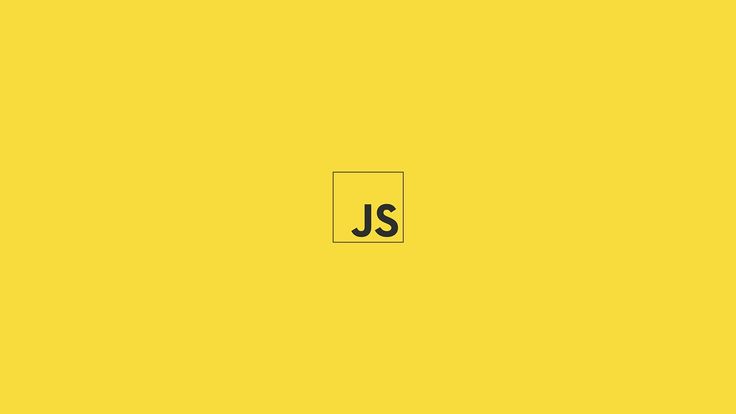Back end development
 Mehul Pandya
Mehul Pandya
node and Express Framework
Nowadays day tech is growing as fast as much speed of light
here we are for the basic CRUD operation Using MongoDB as a back-end node and Express as a Framework of back-end tech.
if you are reading or searching about this blog then you are a beginner in the Back end lest Deep dive into Backend code.
some basic Structure: of the controller :
this controller is used for Query or logic part in the controller function here are examples for controller
example of a controller for basic getting data and creating data
const getAllTasks = async (req, res) => { try { const getAlldata = await Task.find({}); res.status(200).json({ getAlldata });
res.status(200).json({ status: "success", data: { getAlldata, nbHits: getAlldata.length }, }); } catch (error) { res.status(500).json({ meg: Server error try again please${error} }); } };
const createTasks = async (req, res) => { try { const task = await Task.create(req.body); res.status(201).json({ task }); } catch (error) { res.status(500).json({ meg: error }); } };
as well as u can also design controller as you want for deleteTasks, updateTasks getSingleTasks, ae well
module.exports = { getAllTasks, deleteTasks, updateTasks, getSingleTasks, createTasks, };
then we have to import a controller in the routes.js file and things go well
const express = require("express"); // express router setup here const router = express.Router();
const { getAllTasks, deleteTasks, updateTasks, getSingleTasks, createTasks, } = require("../controllers/TaskControler");
router.route("/").get(getAllTasks).post(createTasks) router.route('/:id').get(getSingleTasks).patch(updateTasks).delete(deleteTasks)
module.exports = router;
Basic Schema for data Base for more detail can visit https://mongoosejs.com/
const mongoose = require("mongoose");
const taskSchema = mongoose.Schema({ name: { type: String, required: [true, "must provide name "], trim: true, maxlength: [20, "name can not more then 20 characters"], }, completed: { type: Boolean, default: false, }, });
module.exports = mongoose.model("Task", taskSchema);
DB connection Note you have to create a .env file for DB connection for Production Grad back-end Development
const mongoose = require("mongoose");
const connectDb = (url) => { return mongoose.connect(url); };
module.exports = connectDb;
all the sum up for the file in app.js or index.js file so here we are Backend app.js
//express initinalized const express = require("express"); const app = express(); const routes = require("./routes/routes"); var bodyParser = require("body-parser"); const connectDb = require("./db/connect"); //! DB CONNECTION
require("dotenv").config(); //! ENV SET UP
app.use(bodyParser.urlencoded({ extended: true })); app.use(bodyParser.json()); app.use("/api/V1/routes", routes);
//basic port declaration const port = process.env.PORT || 3737;
const start = async () => { try { await connectDb(process.env.MONGO_URI); app.listen(port, console.log(app listen on port no ${port})); console.log("connected : SERVER AND DATA BASE"); } catch (error) { console.log("CONNECTION ERROR", error); } };
start();
6 "dependencies"
this dependency requires the Backend
"dependencies": {
"dotenv": "^16.4.5",
"express": "^4.19.2",
"mongoose": "^8.4.5",
"nodemon": "^3.1.4"
}
above are just an overview of the back-end function and code for more details about this basic crud operation visit my GitHub repository https://github.com/mehulpandya096/mehulpandya096-CRUD-API-Node.js-Express-and-MongoDB for more Basic Project https://github.com/mehulpandya096
Subscribe to my newsletter
Read articles from Mehul Pandya directly inside your inbox. Subscribe to the newsletter, and don't miss out.
Written by

Mehul Pandya
Mehul Pandya
React | React Native | Next Js | also know about REDUX, D3Js, and Dom manipulation. Currently, I am Learning the BackEnd using node with Express framework.